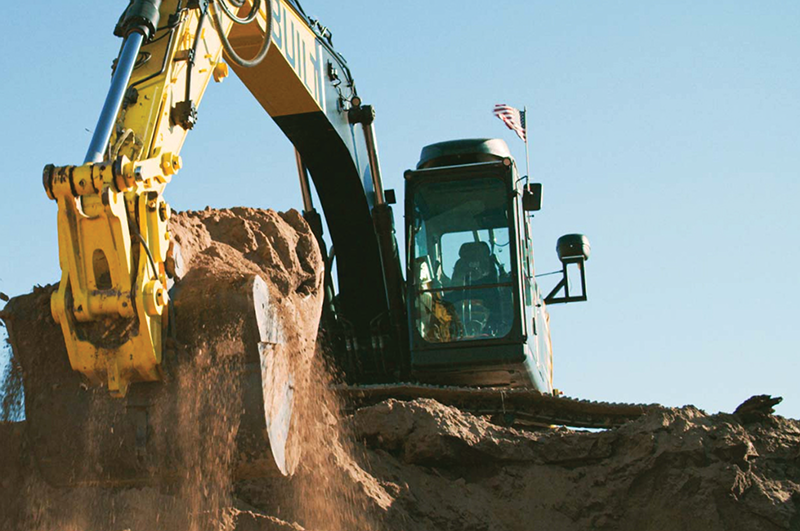Robots can help meet the construction industry’s needs

|
The construction industry increasingly is exploring the use of robots to boost efficiency, improve safety and alleviate labor shortages, according to www.forconstructionpros.com. Yet the use of technology to address construction labor shortages is not new.
“The use of single-task robots in the construction industry has been growing for some time,” says Luke Christou, construction journalist for data analytics and consulting company GlobalData, London. “The use of robotics in construction dates back to 1970s Japan. As young workers turned their backs on manual labor in favor of less dangerous and physically demanding office jobs, Japan’s largest architecture, engineering and construction companies turned to automation and robotics in an attempt to stem a labor shortage. Many of these technologies failed to break ground, and construction’s labor issue persists.”
Turner and Townsend’s 2019 International Construction Market survey shows 66% of construction markets globally report a shortage of skills. Construction worker safety is another matter of concern.
“Lacking worker safety is another pressing issue, with construction the leading industry for workplace fatalities in many parts of the world,” Christou says. “The industry seems largely in agreement that these significant advancements will first focus on removing humans from dangerous tasks. Automation is also likely to take over the tedious tasks, freeing up time for laborers to complete more fulfilling work.”
For example, San Francisco-based construction robotics firm Built Robotics has developed an artificial intelligence guidance system that can be fitted to heavy equipment, allowing the equipment to operate autonomously and reducing the need for workers.
Stuart Maggs, CEO of Scaled Robotics, Barcelona, says the use of robots in construction can extend beyond labor reductions and safety enhancements.
“The end goal has to be not just automating tasks that human beings can do but developing new construction manufacturing methods that are only possible through robotics, opening up new possibilities for building design and performance,” Maggs says.
Construction professionals desire integration between apps
Smartphones have been widely adopted as a tool by construction professionals, and a new study reveals the top apps workers rely on to complete their jobs, according to www.constructiondive.com.
The 2019 JBKnowledge ConTech report revealed more than 92% of respondents use smartphones for their work. Eighty-three percent of respondents said they use laptops and 64% said they use tablets. The use of smartphones by construction professionals has grown nearly 21% since 2014, according to Kara Dalton-Arro, marketing manager for JBKnowledge, a Bryan, Texas-based construction and insurance consulting firm.
Respondents reported most commonly using mobile apps for photo and video management, tool tracking, time management, BIM file viewing, and plan and project management. Apps designed to aid safety management experienced the largest increase in usage at 4%.
The study also revealed which apps construction professionals prefer for different tasks: Procore, Bluebeam Revu and PlanGrid were favored for daily report management; Bluebeam Revu, Procore and PlanGrid for photo and video management; Bluebeam Revu, Navisworks and BIM 360 Docs for BIM file viewing; and Procore, Bluebeam Revu and iAuditor for safety management.
With many apps available, app fatigue can plague smartphone users, according to the report. Users may end up relying on five or six apps daily despite having many more apps downloaded on their phones.
The lack of integration among apps also is problematic. Users frustrated by the need to switch between several apps during a task may revert to manual entry to complete the work.



